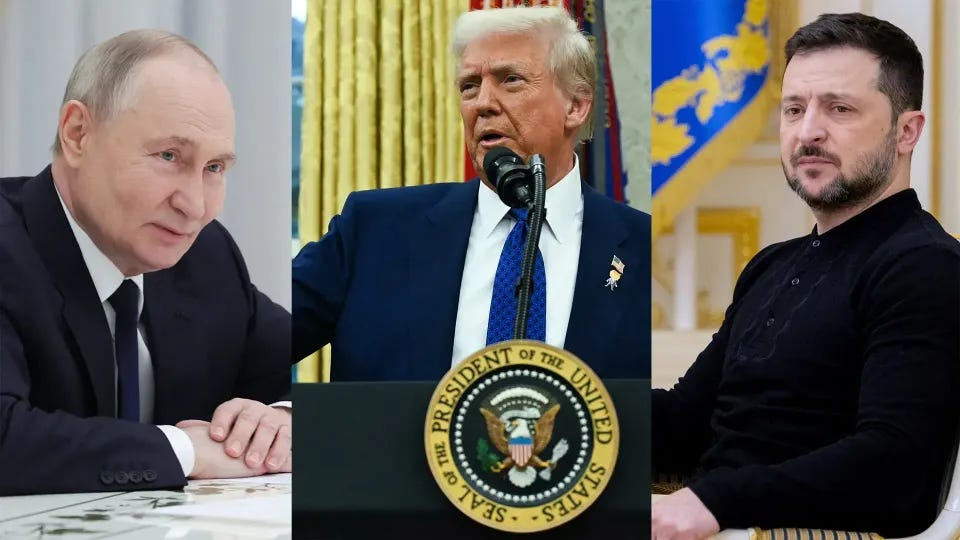Alaska Gambit: Trump's Backchannel, Putin's Push
Putin heads to an Alaska summit as Washington's Friday cease-fire ultimatum looms. If talks fail: tougher secondary tariffs and shipping curbs, India hedging Russian oil, sticky Brent risk premium, wi
What happened?
Putin has secured an invitation to an Alaska summit while Washington tests whether a ceasefire is possible before Trump's ultimatum expires; Moscow's requests include security guarantees and sanctions relief. Europe, meanwhile, fears a unilateral US-Russia deal and has lobbied Vice President Vance ahead of the meeting. Days earlier, Putin hosted Trump envoy Witkoff in Moscow for "productive" talks centered on a ceasefire and new economic pressure on Russia's oil revenues. According to Kremlin sources, Putin will ignore the deadline and still seeks full control of Donetsk, Luhansk, Kherson and Zaporizhzhia. Independent trackers estimate that Russia gained roughly 500 km² in July, even as oil and gas income fell sharply.
Source: AFP and Getty Images Composite
Why does this matter?
Oil flow risk: Trump's threat matrix targets buyers of Russian crude; India is already subject to a 25% US tariff on its purchases. Indian refiners are weighing cuts to Russian imports to avoid further escalation, a shift that would ripple through crude benchmarks and freight.
Endurance factor: Levada–Chicago Council polling shows that most Russians expect a Russian victory and are prepared to bear the costs, blunting the effectiveness of economic coercion.
Escalation backdrop: Russia and Belarus are scheduled to conduct strategic drills in September, with OSCE-notified participation and broader scenarios identified by analysts.
What's next?
If the Friday ultimatum expires, expect a tiered escalation rather than a single event: the White House could impose higher "secondary" tariffs, alongside OFAC designations on shipowners and insurers and implement stricter regulations on ship-to-ship transfers and port access. Delhi's initial response is unlikely to be capitulation, but rather hedging, such as trimming spot Urals lifts, demanding deeper discounts, and backfilling with more Saudi and Iraqi barrels.
finformant view
Tariff-driven secondary pressure can dent Russia's cash flow if India bends. If not, it taxes US consumers while the Kremlin trades economic pain for battlefield time. In the event of a misstep in Alaska, a bias toward higher oil volatility and wider European credit spreads seems logical. Until policy clarity emerges, defensive stocks and energy transport appear to be better bids.



